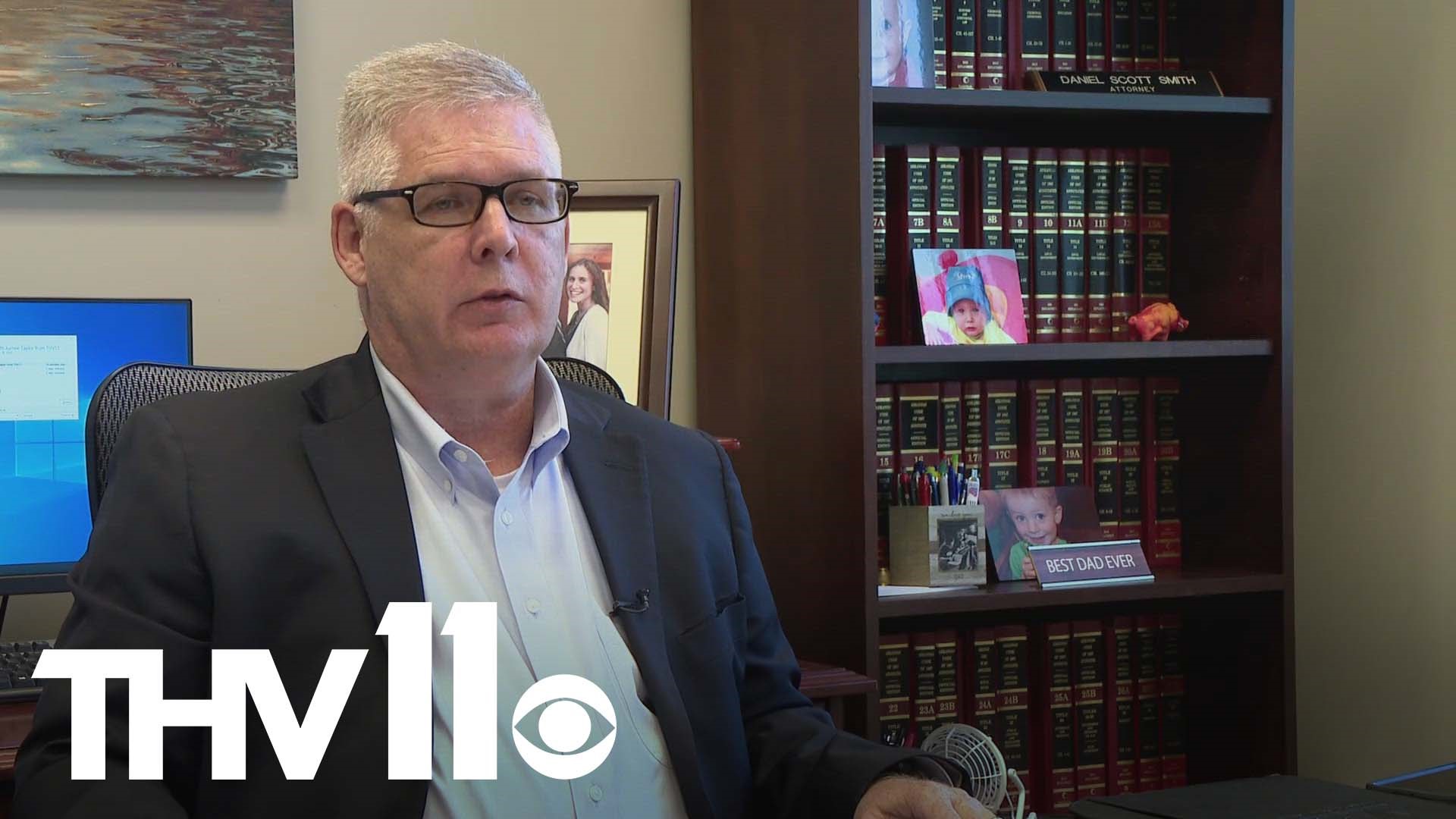ARKANSAS, USA — All across the world, you can find children dreaming of possibilities with a caring guardian alongside them who wants the best for them.
That sentiment is true for Grendys Bocanegra, a mom of three. She wanted to take her children’s education into her own hands, so she tried something different— a charter school.
Bocanegra said that many of her friends told her LISA Academy Public Charter Schools were good schools. After taking their advice and transferring her two oldest over, she’s been pleased with the outcome.
She noticed the teachers are able to spend more time focusing on students due to the smaller class sizes compared to her children's previous school.
Although she had only learned of charter schools in the last few years, they’ve been around for the last two decades.
According to Scott Smith, Executive Director of Arkansas Public School Resource Center, while many may see these schools in their communities, there’s a lot they may not know— including that they are public schools.
“That's a common misconception. They're free, they're open to anyone who would like to attend, and they serve, depending on their configuration, grades pre-K through the 12th grade,” Smith described.
Smith explained that there are two types of charter schools. The first is open enrollments, which are independent of school districts, and the second is conversion charters, which are charters run by school districts.
The two of those charters together average about 8% of the total school public school population in the state while also offering an innovative approach to K-12 education.
“Innovation can come in many formats. They are responsible for bringing a lot of innovation that we see to Arkansas. But oftentimes, you see thematic top programs where charters are maybe a virtual school, math, top school, Artspace school, we even have trauma schools, you know," Smith said. "We've got various types of charters out there, they're usually interested in solving a specific issue or problem that a community or parents or students have identified.”
Griffin Horton is an incoming 6th grader at Lisa Academy with dreams of becoming an engineer.
“I started to get more into the building robots like coding stuff. And then when they had robotics, I was excited to join it,” said Griffin.
The 6th grader said he's enjoyed the change from his previous private school— and it doesn’t hurt that he gets to see his dad in the halls as well.
“Finding a job for me wasn't going to be too difficult. I wanted to make sure that my family was comfortable, and that they could adjust,” said Chris Horton, Athletic Director and P.E. teacher at Lisa Academy.
Horton wanted to find an environment just like Bocanegra— however for the opposite reason.
“I knew it [his children's previous school] was a good environment for my kids, but I knew they needed something more and know the education wasn't quite what I wanted it to be," he explained. "I'd seen my oldest son go through elementary, and he had gotten to sixth grade and I could just see things were lacking.”
He said that the switch for his two boys presented its challenges, especially for his oldest son, from socialization to even learning on a more rigorous level.
“Year one was tough. Just because small school, he had probably 10 to 12 students in his class. And so moving to a bigger school, it was a little tougher for him to you know, kind of get out of his shell, which is different from Griffin. Like Griffin came over here and he did a really good job right away and making friends and he was more outgoing,” Horton described.
But with time and adjusting he saw progression and even improvement in his oldest son's testing scores.
“He struggled at first trying to catch up. But what has really been good for him is the teachers because it is a bigger school, but the teachers are more like a smaller school like they put in the effort individually,” he added.
And Smith said that’s the thing— there’s absolutely nothing wrong with traditional public schools or even private schools.
In fact, he said that parents should treat it like a market approach and how they can serve their students and provide a choice.
“They have the ability to choose different settings for their kids. We have many families who have some of their children in a traditional school district model, some of the same kids, and that same family may be attending a charter school," Smith said.
And for these parents, they just want to put their children on the path with their best foot forward.

